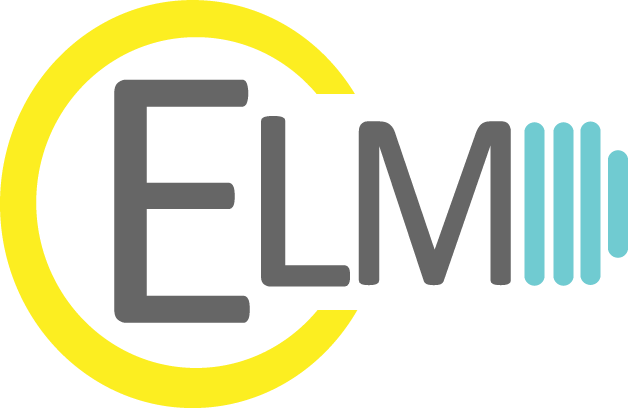Just a few years ago the concept of the Zero-Net Energy building was in its infancy. However, with the built environment in the U.S. accounting for around 76% of electricity usage and around 40% of greenhouse gas emissions, concepts around green building are now coming to the forefront of the industry. With new technology, advanced building practices, and better planning and collaboration between project stakeholders, the opportunities for improved efficiency are enormous. When you consider that most or all of the incremental costs of planning and construction can be subsidized by utility incentives, this conversation is a no-brainer. While Zero-net energy buildings are still not commonplace, one of the largest in the U.S. opened in 2018 in downtown Silver Spring, Maryland. The Unisphere, as it has been dubbed, is the 210,000 square foot home to United Therapeutics and utilizes 3,000 solar panels, a quarter-mile underground earth labyrinth, and an atrium pool that acts as a heat sink to reach zero net energy status. The Unisphere however is an extreme instance of the steps utilized to reach zero-net with more practical examples of successful projects beginning to pop up across the country. The Blake Group’s headquarters in East Windsor, CT earned Net Zero Verification in August 2019. Connecticut’s first NBI-verified net-zero commercial energy building was made possible by a team of experts working from the very early days to support the design, development, and financing of the project.
Considering that on average 30% of energy is wasted within buildings, zero-net focuses on driving down the EUI (energy usage index). These buildings are designed and built to be as efficient as possible with energy required generated on-site so that the total energy used by the building on an annualized basis is equal to the amount of renewable energy created on-site. This is accomplished by implementing strategies such as high levels of thermal insulation, high-quality windows, meticulous air-sealing, and high-efficiency heat pumps. These buildings are more comfortable, reliable, and affordable to operate. Achieving zero-net-energy is an ambitious yet increasingly achievable goal and can be reached through careful planning and design.
Locally, ELM Consulting, a New England-based firm that specializes in energy lifecycle management has several projects, residential and commercial striving for zero-net energy status. Working with Rountree Architects, ELM is consulting on the planning of several single-family homes aiming for zero-net status which translates to a HERS Index of 0. As part of the project team, ELM is providing the energy modeling that is a key part of the process. Starting with a Manual J calculating expected heat loads, ELM helps to assure that building designs and future usage can be fully offset by on-site solar photovoltaics. On the commercial side, ELM is working with a repeat client on a large warehouse/manufacturing space in Monroe, CT aiming to reach zero-net energy status. ELM first worked with this developer on phase 1 of the site to maximize utility incentives for efficient building design. After the fact, phase 2 included running a solicitation and installing solar panels to offset 100% of the electrical energy usage. Now in the 3rd phase of the project, the developer has decided to investigate zero-net. ELM organized the initial assessment for the building, which was paid for by Eversource and will continue to consult on the project as it progresses through permitting and construction. All of these projects highlight the importance of early collaboration as a key part of the process to reach the zero-net goal. Eversource and other utility companies have ample funds to deploy during schematic design for analysis and energy modeling that fully cover the cost of starting this conversation with your project team. This process starts with something called a design charrette, which brings all stakeholders around a table to plan better and amplify efficiency efforts. Considering these factors early in the process ensures that developers and property owners are not stuck with a core and shell project that limits efficiency in the long run. It is much less expensive to plan for energy efficiency early on in the process than to make changes or upgrades later in the process.
As the CRE community closely monitors new developments in building code moving toward net-zero construction, now is the time to begin thinking about how efficient your next project will be. While 2030 or 2050 may sound like the distant future, in reality, developers should be considering ways to maximize the incentives offered right now. Zero-net energy buildings would be carbon neutral and offer lucrative incentives, up to $3.50 per square foot when built now. Much of the added cost for these green buildings can be offset through incentive programs and savings in future operating costs. While many firms may not be ready to take the full leap to net-zero energy there are many other options available for energy-efficient construction that are still incentivized. Unsure of what would be the best fit for your project & budget, ELM Consulting works with developers across all project types, sizes, and levels of efficiency. Their expert team can help with projects across the full spectrum, anywhere from nothing to net-zero and everything in between and knows which experts are best to bring in to assist with the project planning and implementation. With their breadth of experience across various project types, ELM Consulting will manage all parties involved from start to finish, helping select firms, evaluating different variables, and managing the incentive process ensuring the maximum payback for each project. Given the shifts in building code, now is the time to evaluate all options available for greener building construction and working with an expert in the field like ELM Consulting will help ensure you have not left money on the table. Doing things differently may seem intimidating but looking at the real numbers zero-net building is becoming a very feasible option. We have found that considering net-zero from the beginning, even if it will not work for your particular development, will help ensure an efficient and comfortable building while maximizing incentives. And there is money available to begin these discussions without ANY risk.

